Leaderboard
Popular Content
Showing content with the highest reputation on 07/24/16 in all areas
-
Ive just finished working on the Omega that a kind member here sold me. The watch was working but wouldn't keep to time when worn, but was OK when left on a table. As this is the Tuning-Fork movement, special precautions are needed when working on them, such as before de-casing movement, the Oscillator deck has to be first removed. This part forms the upper movement plate/bridge containing the electrical coils and the resonator-fork with the tiny ratchet/index/click-wheel and the first reduction gearing. This removed makes the watch 'safe' in as much as accidental movement of the seconds-hand could place strain/damage the click-wheel or the tiny jewel clicks on their spring-legs. These tiny leaf springs are about the same size as a small ants leg with the synthetic ruby squares attached to the ends. There was slight evidence of moisture or battery leakage, as there was slight staining to the copper-plate finish of the osc deck plate. Thankfully, both coils are OK as the watch did run. I removed the three set-screws, washers and the curious triangular link between the two coils along with its insulator. These coils are very delicate and due to ESA not putting much in the way of protective varnish on them (Planned Obsolescence maybe?), damaged by moisture or slight batt leaks, hence common T-Coils failing as these are nearest the batt. I put these two coils aside for further attention. I next removed the ratchet-wheel bridge from the osc deck plate exposing the very tiny delicate Ratchet/Click wheel and the second-wheel. I removed first the second wheel, then the click-wheel that I placed in a plastic container of naptha on its own. This I then shoved in the ultrasonic for 10 minutes while I removed the resonator then the pawl-bridge click. This basically completed disassembly of the oscillator deck. Its important to Never--Ever touch the edge of the click-wheel with anything metal--dont grab it by the rim--only ever pick it up by the shaft. If you do, you'll be buying a new one! While the click-wheel was still boiling in the ultrasonic, I cleaned the resonator, its magnets and the tiny index/pawl clicks and the jewelled ends, this I did by using the very finest artists brush while the resonator and the pawl-bridge were submerged in naptha. I checked regularly with 100x microscope the cleaning progress, and it was completed pretty quickly, needing only two washes with the brush for both parts, leaving them pretty spotless. As they are clear ruby its fairly easy to see when they are clean at this magnification.. These parts were then placed in a lidded plastic container and set aside for later reassembly. The click-wheel had finished its boiling in the ultrasonic and was removed from the machine but left to stand in the container of naptha. Now came the time to remove the rest of the movement by removing the stem and the 3 movement retainers. Stripping this assembly is just like any other date type Swiss watch, but parts to note are the thin plastic date-wheel that can lose teeth if the manual date-change is used near midnight/date-change time. Thankfully, it looks to be pretty good, just very slight rounding on two of its teeth. Should be OK though.... The other part worth mentioning is what Omega call, Friction-Wheel. The tension of this clutch-wheel can increase when the oil dries up increasing the torque seen by the gear-train ultimately resulting in the Click-wheel unlocking during time-setting with possible alleged damage to its tiny teeth or the jewelled clicks on the ant-legs. This part I put aside for further attention. I fully stripped out the date parts, hour/minute wheels and the gearing for date set and the keyless-works leaving the main plate pretty bare of removable items. The bare osc deck plate, the date bridge, the friction-wheel bridge and the click-wheel bridge,--all the copper-coloured parts were then bunged in the ultrasonics in an ammonia based kitchen-cleaner (Yes--Proper 'Star-Drops Ammonia' Kitchen Cleaner!--Diluted) for 15 minutes. After this, they were washed down with pure water then in naptha to remove the the water and any remaining water-based cleaner that had removed most if not all the moisture/battery marking on the copper-plate. They were then ultrasoniced in pure fresh naptha for 5 minutes--Twice to ensure full water based cleaner removal. During ultrasonicing--the dial-rests fell off the movement chassis--something I wasn't expecting, but they are just clipped into a groove near the plate edge. I next cleaned the coils in fresh naptha, and gave them a generous coating of electrical varnish to protect them a little more. I noted, the value of the bias-resistor to be 2M7 rather than 3M3 as is more usual on the ESA that Ive seen--No idea why, maybe the transistor is of a lower HFe needing a higher bias current--Dunno! Now it was time for reassembly. Most of this is just usual normal watch-repair work apart from the reassembly and checking of the Indexing on the Ratchet/Click-wheel. First, I assembled the resonator fork and the retain-click (Pawl-Bridge), setting the pawl-bridge to its Starting position, which is where the bridge is fully home on its rivet-pin and the set-screw is turned exactly 1 turn more. The movement carries its own setting gauge. This is a brass plug made to a specific diameter that is placed into the recess that the click-wheel normally occupies. Its rim is a set height and position to allow the settings of the click-fingers to be set. Manual says 0.1mm from the edge of gauge to the nearest point of the jewels, which themselves must be perpendicular and square on to the gauge. I found it quite impossible to achieve this adjustment using even a strong 15x loupe, so the El-Cheapo Chinese 100x Microscope was used. With this it was easy to see the settings were both wrong for retain (wide) and Index/fork (close-touching) I gingerly 'stessed' each until they were both --not quite touching-- the gauge and had the same clearance. That complete, I rescued the click-wheel from its naptha swim, dried it off on some pith, oiled the jewel-holes and reinstalled the click-wheel and second wheel after removing the gauge. A quick ping of the resonator showed the wheels were free and all was functional. The coils now completely dry were refitted. Now comes the adjustment/setting of the Indexing. I dont have an ESA-Mate or whatever they call for in the manual, so made my own I use for Accutrons. This is a 470 ohm pot, a precision 2.5V supply, a Voltmeter and a 30uA meter. This connected to the osc deck and set to supply 1V The uA meter read high at 16uA and the click-wheel was turning. I left it run for a bit and the current fell back to 9uA. --Here's where I do it differently to everyone else-- I Reduced the voltage till the wheel just stops. Adjust the indexing setting till it runs again. then reduce volts still further till it stops again. readjust till it runs and keep doing this till you cant get it to run by adjustment, At this point--Go back to the last voltage it did run at, and readjust for running. Doing it this way ensures the pawl-jewel is in dead centre of a tooth when the index is hard up against the flank of another, giving maximum voltage acceptance range. When doing this adjustment-- continuously check the current consumed by movement. If current all of a sudden increases to around 20-30uA--its stopped oscillating, ping the fork and leave to stabilise, try again. I was able to get down to 0.83V before it actually stopped and adjusting wouldnt get it to run, but was still oscillating drawing 7uA There's recommendations on the web to to it the other way--High voltage, creeping the volts up and adjusting for Not triple-speeding, Doesnt work for me at all especially on some--The ones (fairly common) with Eccentric Index-Wheels, its **BLEEP** difficult to see when its double-indexing. Completely stopped or running is Easy to see... A check at high voltage was done by increasing the supply to the movement till it just runs at triple-speed (the misnamed 'double-indexing') was done and in this instance on this watch I was able to get to 1,835V before it did. Manual calls for 'good at 1.7V 1V and 1.35' adjustment complete,--Thats all it says on the matter. I set the osc deck aside still attached to the supply, noted the current was now 8uA while I cleaned the case, dial and finished up the lower movement plate. That Friction-Wheel was cleaned and its tension checked against another I have here. It was fairly tight in comparison, so against all manual rules and recommendations I reduced its transmitted torque by very carefully opening up the gap between the steel and brass parts of the wheel, thus shifting fractionally the pressed on collet above the three-legged spring, re-checked and was a little freer Dial and hands fitted, bottom plate fitted to case then the osc deck re-installed. A new battery was installed so far, its running to time while I'm wearing it... Before service, the seconds hand would slip along and move at the same amount as the minute-hand during time-setting. After service it hardly moves, just the usual backlash movement as expected... So far, So good!1 point
-
1 point
-
Check Ebay item 291826338652 for that and lots of more parts It's a beautiful set and wold be tempted to buy it for myself but have no case to host it.1 point
-
I see by your photo you could have taken out the barrels without taking the whole movement apart. That type of click spring should be available from good clock part suppliers. If you decide to make and adapt a part just make sure it is strong enough to work and hold the click without too much give because if it slipped while winding it will damage the hand of the person that is winding it, broken fingers come to mind. Put a little grease around the click and don't forget to oil the springs and arbors, a little oil in the privet holes, anywhere that to metals meet and touch, a little on the face of the pallets is a must.1 point
-
Thanks for the welcome, Vitch, Sounds as though we have similar outlooks! Its such a short-sighted policy that Swatch, --and whatever other conglomerates are involved are pursuing IMHO. No independent Servicing means no independent service engineers, therefore the knowledge-base shrinks to practically nothing. No knowledge base and therefore no new interest from youngsters etc--so no new workers for Swatch ultimately, as the throw-away society carries on regardless buying new when the batt in their current watch runs out! Appointed Stealers are gonna find it hard to recruit from the general populace as there'll be no interest by any of them in repairing anything--Just like the TV trade is now. They are Really shooting themselves in the **BLEEP**--All for a quick buck--because Thats what it all boils down to, NOTHING to do with Cust Service or Quality which are their Excuses for doing it.... Another Very Worrying aspect is Education. The Current Electronics degree courses don't even teach you how a Transistor, Diode, resistor or a capacitor works! The Fundamental Building-Blocks of any/all electronics. Its ALL Digital square boxes or software --as in Block-Diagrams, no-one seeming to care What makes up the contents of the box, or how the software controls it.... They are Screaming out for 'Analogue Engineers' who do know this stuff, I regularly get calls from employment-agencies asking if I want a job... I still think Thermionic Valves are a pretty neat idea and still build amplifiers with them!--Then again, I'm an old duffer!. I'm sure there's other professions where the knowledge-drain is happening in much the same way. This is a Problem. A HUGE Global Problem and MUCH bigger knock-on issue than an organisation just not supplying parts for its products.1 point
-
I've been using Kleenstrip VM&P (Varnish Makers & Painters) naptha, it seems to work OK. The following is from the MSDS which is on their site. The CAS# is a standard chemical ID. CAS # 64742-49-0 Hazardous Components (Chemical Name) - Hydrotreated light naphtha Concentration - 95.0 -100.0 %1 point
-
For cleaning watch parts I use Travena Safety Solvent Cleaner as a cleaner and final rinse, it's an organic cleaner. I also use it on electronic components. I leave items to dry naturally or somtimes blow dry. The manufacturers say it leaves no residue and I've found that to be the case. I've not experienced any problems, yet. If anyone wants to try it, test it on scrap watches first to make sure you're happy with it.1 point
-
Well I understand what you mean & am looking to branch out I just didn't know what others were available.& parts for them. Perhaps you can steer me. In the right direction. I thought staying American would make things easier. What are your thoughts on "Trench" watches? Also that Hamilton isn't my only watch. I have . I have six other pocket watches of different brands & styles and two wristwatches all restored. I also have two I'm working on now in differing stages of completion. I will post them a bit at a time. With a handshake , Thanks1 point




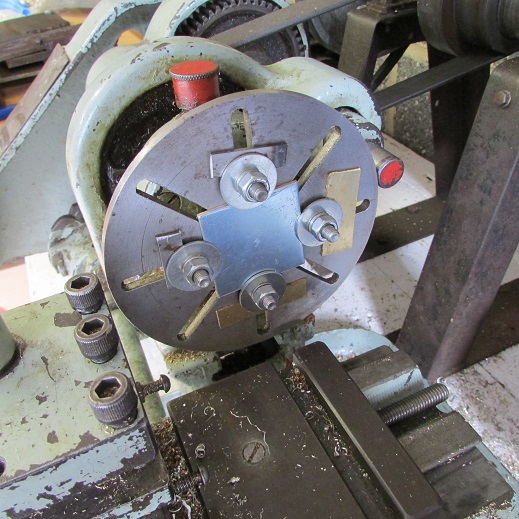
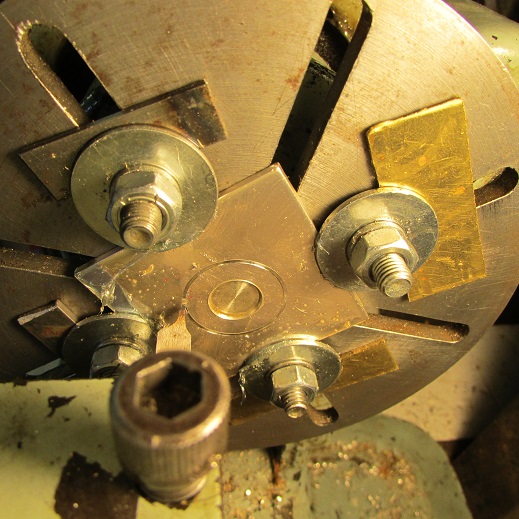

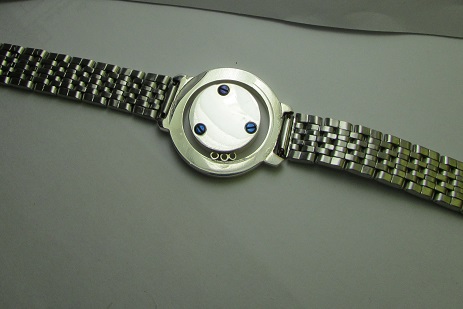
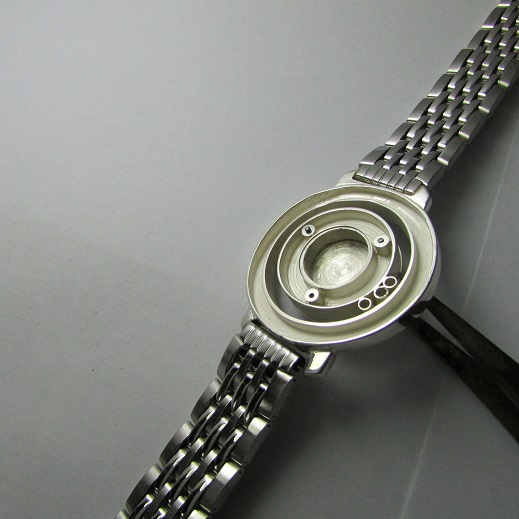
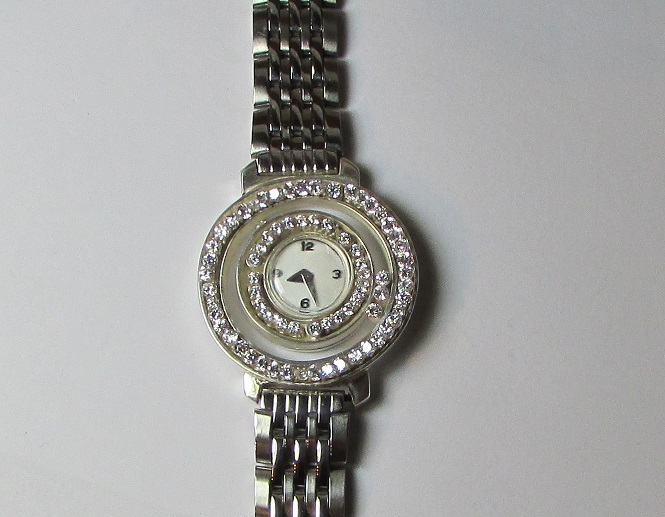
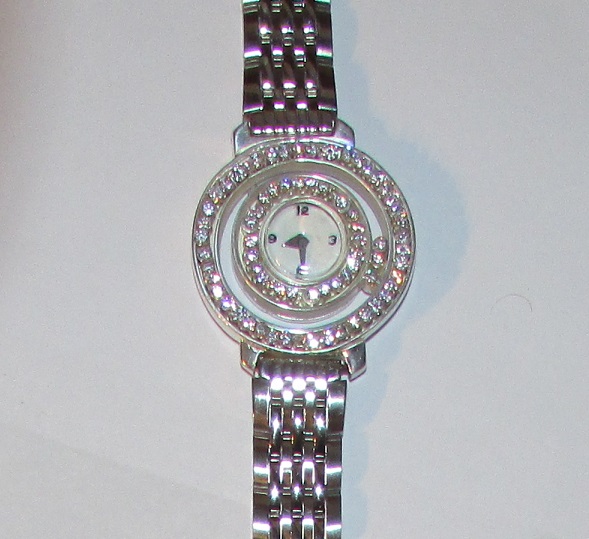

.jpg.6225a64433578a11e0218b27c20b13f5.thumb.jpg.d82b0cd1e370f3a3a59a06afa957d184.jpg)